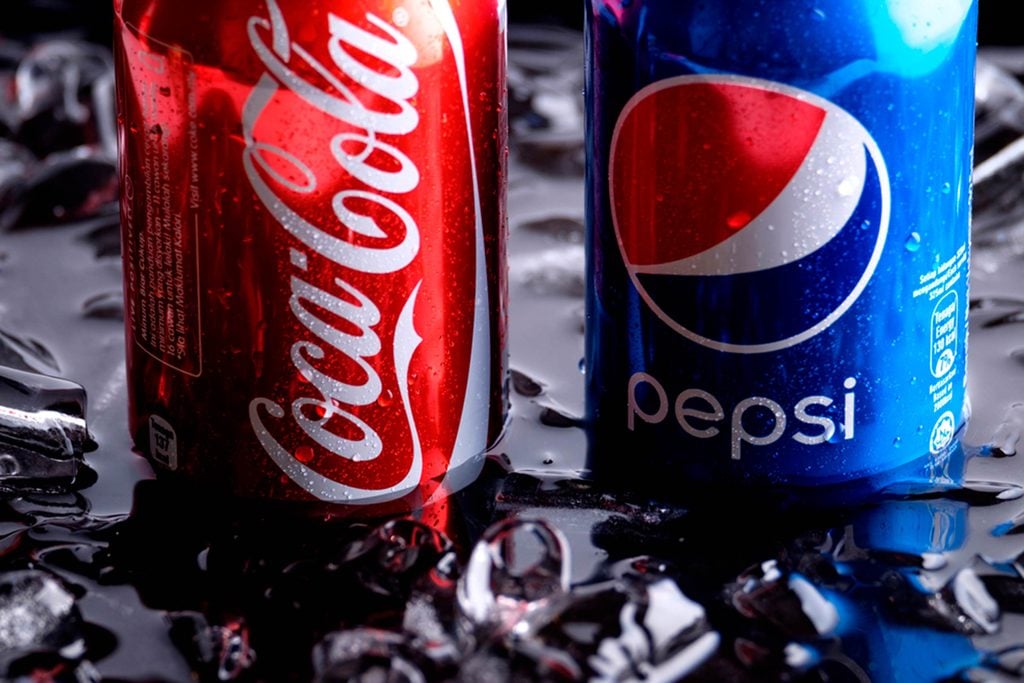Food Companies Are Replacing This Controversial Ingredient With a Shockingly Obvious Substitute
Updated: Jul. 27, 2017
And you can probably find them at your local farmer’s market.
The food industry is analyzed with microscopic precision, with any questionable additive or unusual ingredient is subject to thorough public scrutiny. This heightened consumer awareness has forced major food and beverage manufacturers like General Mills, Kraft Heinz, PepsiCo, and Coca-Cola to reformulate products to contain less sugar, fewer additives, and more wholesome ingredients. (Read up on these nine signs you’re eating too many foods with preservatives.)
But according to a 2016 Nielsen survey, over 60 percent of consumers are concerned with one additive in particular: artificial food coloring. This fear is based on a handful of popular studies and reports, most notably a 2007 study from the University of Southampton which found that six artificial colors (now known as “The South Hampton Six”) exacerbated symptoms of hyperactivity and attention deficit hyperactivity disorder (ADHD) in children. The Food and Drug Administration—the government agency tasked with regulating food colorings—has banned certain artificial colors in the past after data emerged linking them to potential health risks, so it’s not unreasonable to believe that adverse reactions can occur. (Here are some other toxic things that are potentially in your child’s food.)

Artificial colors are still considered safe by the FDA, but food manufacturers are acknowledging their customer’s current concerns by replacing artificial colors with colors derived from fruits, vegetables, and plants. Natural colors—which can be made from common foods like pumpkins, beets, and a carrots—are being used in all sorts of applications from gummy bears and breakfast cereals to sports drinks and yogurt. Since these colors are more-or-less just fruit and vegetable concentrates, their beneficial phytonutrient profiles are largely preserved. (Find out what your food’s colors actually mean!) Per Pihlsgard PhD, technical development manager at GNT USA, a world leader in natural food coloring movement and maker of EXBERRY® coloring solutions, notes that GNT’s color concentrates are manufactured using a purely mechanical process that doesn’t require any chemical solvents. He says that this process results in a product so pure that you can, “eat it by the spoonful.”
Although the growing colors movement is just beginning, a handful of brands have already eliminated artificial food coloring from their products. Kraft Macaroni and Cheese, Trix cereal, and Goldfish have already completed their transition away from artificial food colorings but many other brands have also inconspicuously made the change. To check if your favorite product has eliminated artificial food coloring, simply check the ingredient label and look out for the phrase, “Vegetable and Fruit Juice (Color).” You also might see some spices like paprika, turmeric, or the popular blue-green algae, spirulina, listed as well. It looks like the healthiest ingredients in your Trix cereal might just be the foods used to color it.